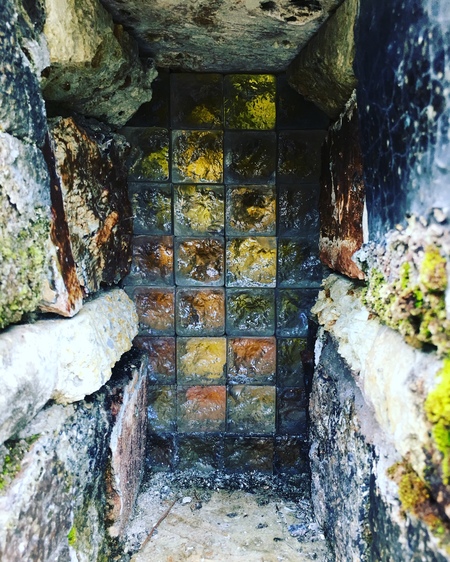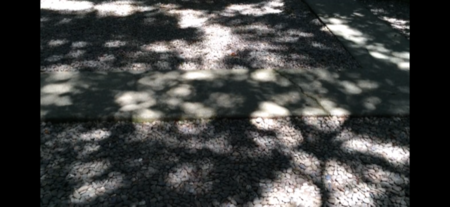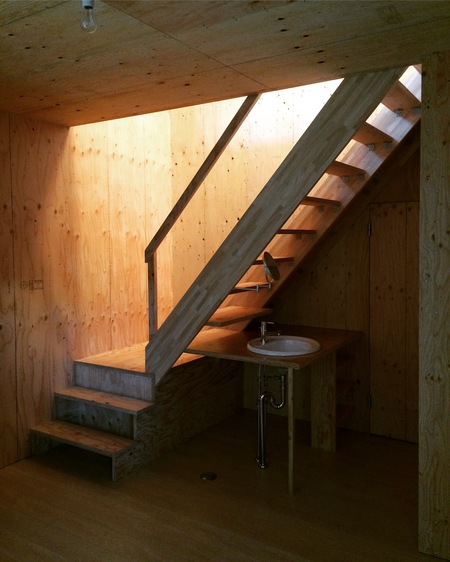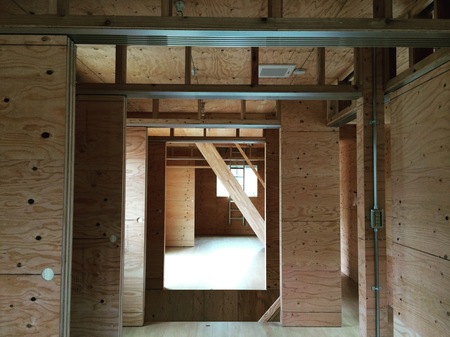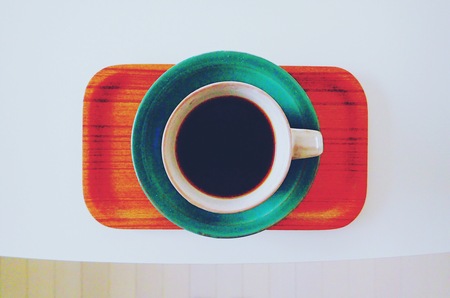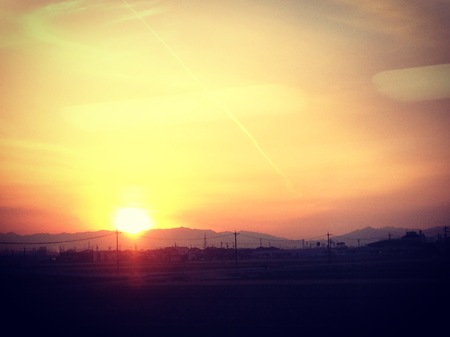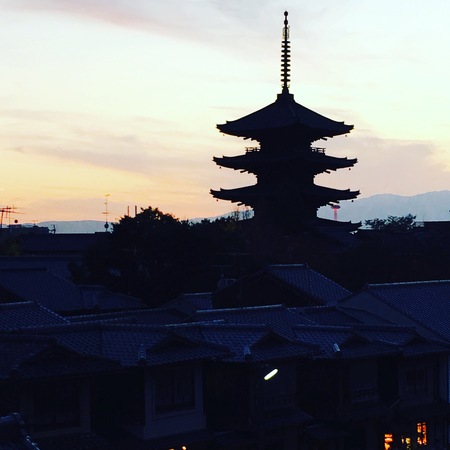集まって住むから
光をものとして扱うために粒としてイメージし、その粒の集め方、扱い方が建築の造形のヒントになる、とした。
集合住宅を考えている。その建築性を考えている。
集まって住むことでしかつくることができない空間や建築をつくりたいと思っている。
光をものとして扱おうとしているのは、光を媒介にして、その日の気分の変化を建築で感じて欲しいから。そうすれば、その日の気分によって建築の見え方も変わるだろうから。
それが住人の数だけ起これば、その建築はなんて多様で複雑で、ちょっとだけ浪漫が、と妄想するも、そこに集まって住むから、という理由づけしたいのだが、なかなか上手いこといがず、ここ数日ずっと考えている。
"Because we gather and live"
In order to treat light as a grain, it was imagined as a grain, and how to collect and handle the grains is a hint for building the architecture.
I am considering multi-family houses. I am considering its architectural nature.
I would like to create space and architecture that can only be created by gathering and living.
I 'm trying to treat light as things because I want you to feel the change in the mood of the day through architecture through light. That way, the appearance of the building will change according to the mood of the day.
If it happens as many as the number of residents, I'd like to rationalize that the architecture is so diverse and complicated, a little bit romantic, but also live and gather there, but it is quite something good, I have been thinking over the last few days.

